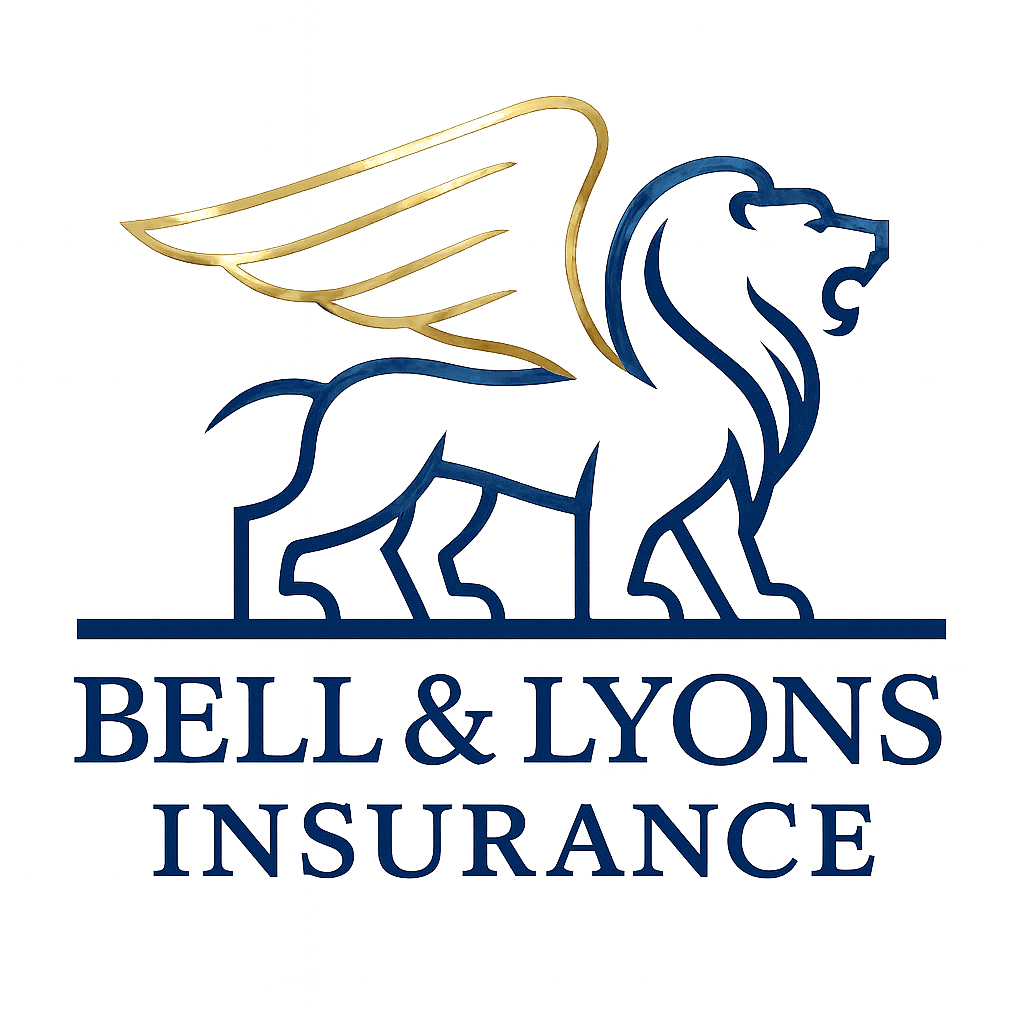Do I Need Flood Insurance If I Live in Aventura? (Local 2025 Guide)
Aventura’s picturesque waterways and proximity to Biscayne Bay give the city its charm, but they also make it susceptible to flooding. Even if your home is outside a “high‑risk” flood zone, torrential rain, tropical storms and failing drainage systems can still lead to costly water damage. Standard homeowners or windstorm policies don’t cover flooding, so a separate flood insurance policy is essential for protecting your home and belongings.
FEMA zones and risk pricing
The Federal Emergency Management Agency (FEMA) maps communities into Special Flood Hazard Areas (SFHAs) and non‑SFHAs based on 100‑year flood data. Lenders require flood insurance for homes with federally backed mortgages in SFHAs, but nearly a quarter of all flood claims come from lower‑risk zones. Aventura sits on low‑lying terrain with canals and culverts that can overflow. Living on the 20th floor of a condo doesn’t make you immune — building damage to lobbies, parking decks or mechanical systems could still affect you.
How the Community Rating System lowers premiums
Aventura participates in the National Flood Insurance Program (NFIP) and earns discounts through FEMA’s Community Rating System. The city’s Class 7 rating translates to a 15% discount on NFIP premiums for properties in SFHAs and a 5% discount for those outside high‑risk zones. These discounts collectively save residents about \$600,000 per year across roughly 19,000 policies【634822564427831†L88-L113】. Everyone can purchase flood insurance regardless of their flood zone, including renters and businesses, and the coverage is identical whether it’s required or voluntary.
NFIP vs. private flood insurance
NFIP policies cover up to \$250,000 for the building and \$100,000 for contents, but they don’t include additional living expenses. Policies use government‑set rates based on your home’s flood zone, elevation, and construction. There is usually a 30‑day waiting period before coverage takes effect unless it’s tied to a new loan or renewal, and most lenders require flood insurance regardless of zone【634822564427831†L200-L206】. Private flood insurers may offer higher coverage limits, replacement‑cost contents coverage, shorter waiting periods and additional living expense coverage. However, private premiums and underwriting guidelines vary by carrier, and they can sometimes be more expensive in high‑risk areas.
Costs and savings
Premiums vary widely depending on your flood zone, elevation, and choice of coverage. Low‑risk zones can see premiums under \$500 per year, while high‑risk properties may pay several thousand dollars. Elevation certificates, flood openings and proper drainage can reduce your premium. The 15%/5% CRS discount and optional higher deductibles can also lower NFIP costs. Bundling your flood policy with home and wind coverage through the same agency may yield additional savings.
Final thoughts
Flood insurance isn’t just for beachfront homes. With rising sea levels and unpredictable weather, even properties far from the coast can flood. A separate policy is the only way to ensure you’ll be reimbursed for repair and replacement costs. Bell & Lyons Insurance can compare NFIP and private flood options to find the right fit for your Aventura home or business. Contact us today for a free quote and let our local experts guide you.
FAQs
Can I switch from NFIP to private flood insurance?
Yes. You can switch to a private flood insurer if you find better coverage or pricing. Compare policy limits, replacement-cost benefits and additional living expense coverage. If you have an NFIP policy, you may need to cancel at renewal to avoid a lapse.
Is there a 30‑day waiting period?
In most cases there is a 30‑day waiting period for NFIP policies unless you’re obtaining flood insurance because of a new mortgage or revising your coverage for loan requirements. Private insurers sometimes offer shorter waiting periods.
Do I need flood insurance if I’m not near water?
Floods can happen anywhere. Heavy rainfall, broken pipes or blocked drains can cause water to enter your home. Since homeowners policies don’t cover flood damage, flood insurance is recommended even in lower-risk zones.
Does homeowners insurance cover flood damage?
No. Standard homeowners and windstorm policies exclude flood damage. To be covered for floods, you must purchase a separate flood insurance policy through the NFIP or a private carrier.
Do I need flood insurance in Florida?
Flood insurance is recommended for Florida homeowners and renters because standard homeowners or windstorm policies don’t cover flood damage. Flooding can occur anywhere due to heavy rain, hurricanes, or drainage issues, and many mortgage lenders require coverage in high-risk zones. Flood insurance protects your home, condo or rental property and possessions from rising water, providing peace of mind.
- NFIP covers dwelling up to $250k (contents up to $100k)
- Community Rating System discounts can lower premiums (Aventura residents get 15% in high-risk zones and 5% in low-risk zones)
- NFIP has a 30-day waiting period; private flood insurers may offer higher limits and shorter waiting periods
Flood Insurance FAQs
Can I switch from NFIP to private flood insurance? Yes. You can move to a private flood insurer. Private policies often offer higher coverage limits, replacement‑cost payouts, and sometimes no waiting period.
Is there a waiting period for flood insurance? NFIP policies usually have a 30‑day waiting period before coverage becomes effective, unless coverage is required by a mortgage. Private flood insurers may have shorter waiting periods or none at all.
Do I need flood insurance if I’m outside a high-risk zone? Yes. More than 25% of all flood claims come from properties in low‑ or moderate‑risk zones. Premiums are typically lower outside high‑risk areas.
Does homeowners insurance cover flood damage? No. Standard homeowners, renters, or windstorm policies exclude flood damage, so you need a separate flood insurance policy to be protected.

